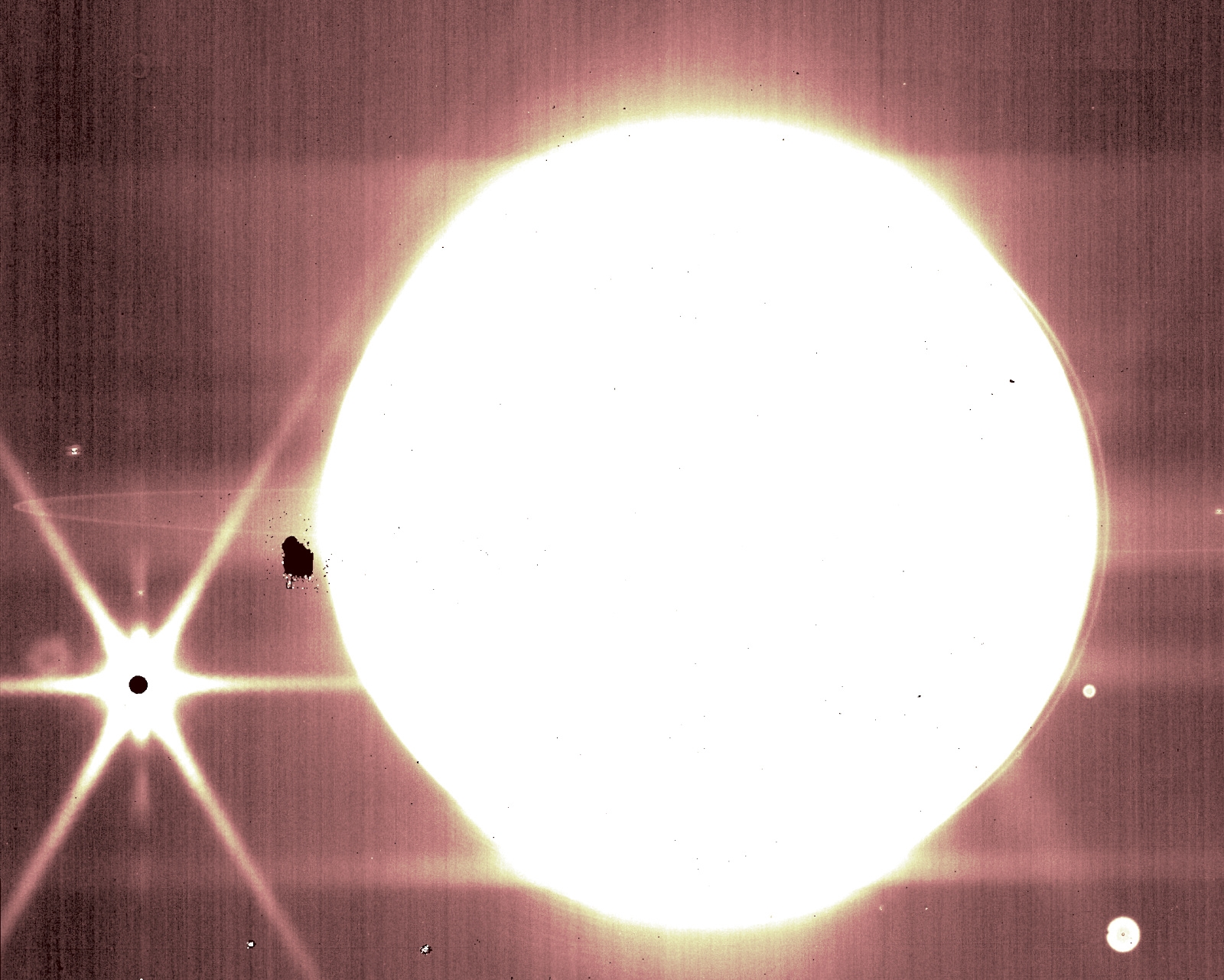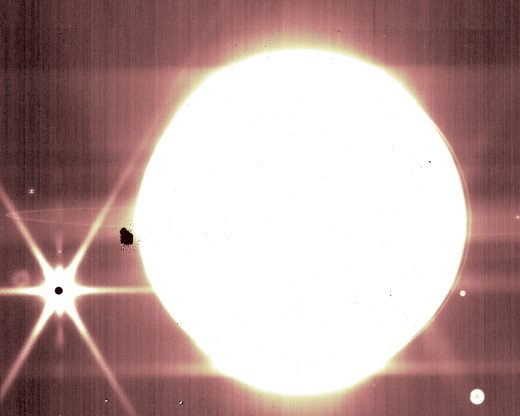James Webb telescope can take detailed photos of our own solar system’s planets and moons
NASA reveals more stunning images from James Webb telescope
It’s able to capture the cosmos in far more detail than Hubble.

NASA has unveiled the first batch of full-color images that the James Webb Space Telescope has sent back to Earth. NASA, the European Space Agency, Canadian Space Agency and the Space Telescope Science Institute determined the initial targets to show off the JWST’s capabilities. They include the Carina Nebula, Southern Ring, SMACS 0723, WASP-96b and Stephan’s Quintet.
The first image revealed today was of the Southern Ring nebula, which is around 2,500 light years away and was captured by JWST’s Near-Infrared Camera (NIRCam) and Mid-Infrared Instrument (MIRI). NASA says the telescope was able to observe gas and dust from a dying star in “unprecedented detail” — far more than what Hubble was able to capture in 1998. The image on the left was captured by NIRCam.
The dying star at the center of the image has been dispelling gas and dust in all directions for thousands of years, NASA says. The observatory was able to show for the first time that it’s cloaked in dust. The agency notes that JWST will help researchers develop a better understanding of such planetary nebulae, which aren’t planets but instead “clouds of gas and dust expelled by dying stars.”
Next up was a look at Stephan’s Quintet, a group of galaxies in the Pegasus constellation approximately 290 million light years away. Four of the five galaxies collide with each other as they move, “pulling and stretching each other in a gravitational dance,” NASA said.
At more than 150 million pixels, the image of Stephan’s Quintet is the largest one JWST has captured to date (you can see it in full detail on NASA’s website). The visual was assembled from around 1,000 image files. The image covers an area of the sky equal to around a fifth of the Moon’s diameter as seen from Earth.
The final JWST image revealed today is also astonishing. It depicts the “Cosmic Cliffs” of the Carina Nebula, which is around 7,600 light years away and has stars that are several times larger than the Sun. JWST was able to peer through a veil of dust and gas to observe some baby stars that were unviewable until now. The telescope is affording us a rare look at stars in the early stages of their formation, a period of between 50,000 and 100,000 years for an individual star. By the by, the tallest peaks of these cliffs are around seven light years high. That’s only 42 trillion miles or so.
Along with the images, NASA revealed spectroscopic data that JWST captured from WASP-96b to show the atmospheric composition of the gas exoplanet, which is around 1,150 light years away. NASA says it’s the most detailed exoplanet spectrum captured to date and that Webb detected “the unambiguous signature of water,” well as indications of haze and clouds, which were previously not believed to exist on WASP-96b.
The very first full-color image from JWST, which was revealed by the White House on Monday, showed a cluster of galaxies, SMACS 0723, as it appeared 4.6 billion years ago. The astonishingly vivid image of thousands of galaxies was just an appetizer.
While these images by themselves are incredible, this is a big moment in advancing our understanding of the universe. It marks the official beginning of the JWST’s general science operations. The images indicate the JWST is working as intended, which should mean we’ll gain much more insight into the cosmos in the coming years. JWST is expected to be in operation for at least five years, though NASA believes the observatory has enough propellant to support scientific work for over a decade.

(43)


